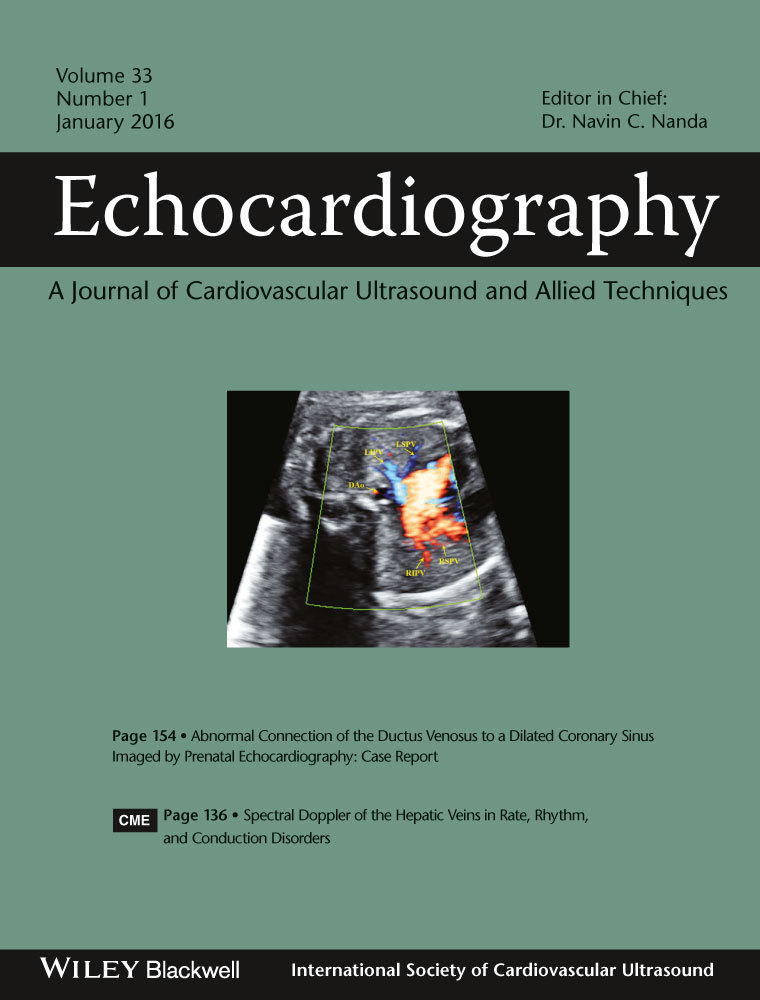Diastolic Stunning as a Marker of Severe Coronary Artery Stenosis: Analysis by Speckle Tracking Radial Strain in the Resting Echocardiogram
Abstract
Background
Two-dimensional speckle tracking (2DST) stress echocardiography detects postischemic myocardial diastolic stunning. However, the use of 2DST at rest for detecting diastolic stunning in ischemia is unclear.
Results
Thirty-nine patients (age = 65 ± 12 years; male/female = 34/5) with effort angina pectoris that was confirmed by stress myocardial perfusion scintigraphy were enrolled. Ischemic area (I) was determined in the middle LV short axial view using stress myocardial scintigraphy. The area opposite to it was defined as nonischemic area (non-I). Midventricular parasternal short-axis (SAX) radial strains were estimated using 2DST at rest on the following day. LV diastolic function was evaluated using diastolic index (DI, changes in the regional LV radial strain during diastole) and radial strain rate (SR) during early diastolic period. These parameters were compared between I and non-I before and 1 month after percutaneous coronary intervention (PCI) in the I of 3 coronary vessels. For the I, the DI was lower (38 ± 27 vs. 55 ± 27; P = 0.003) and SR was higher (−1.6 ± 0.6 vs. −1.9 ± 0.8; P = 0.007) than in non-I before PCI. One month after PCI, the DI and SR recovered to 53 ± 27 (P = 0.008) and −2.1 ± 0.8 (P = 0.006), respectively. Furthermore, the DI of the LAD and LCX significantly improved (P = 0.0004 and 0.002, respectively); the RCA area showed tendency to improve (P = 0.092), and the SR also improved (P < 0.05) in all areas after PCI.
Conclusion
Diastolic stunning in ischemic areas can be detected using 2DST at rest and recover 1 month after PCI.




